SUNDAY JOINT, 7-16-2023: SCHLOCK AND AWE—A BEACH HORROR DOUBLE FEATURE

Hey All,
The EOS team is 75% fraidy-cat when it comes to scary movies. Jaws, for some reason, didn’t set me back the way it did for a lot of other impressionable mid-’70s surfers. But Carrie destroyed my interest in horror as completely as Sissy Spacek destroyed prom night, and I don’t think I’ve made it through a scary movie since, not that I’ve made much of an effort—20 minutes of Get Out was enough, and that movie is maybe a 2.3 on the hardcore fright-meter.
Same thing for the rest of the EOS’ male staffers. Tech-lord Mark Augias saw American Werewolf in London at a too-tender age, and that took him out of the horror game. Senior editor Brad Barrett, and I do mean senior, watched The Blob on a fright-night double-bill at the Pacific Beach Roxy in 1958, and even Steve McQueen’s weapons-grade blue-eyed cool wasn't enough to keep young Brad from diving beneath his theater seat. (Blob for the win when it comes to best horror-film theme song, thank you Burt Bacharach.)
One-hundred percent of EOS’ horror movie cred comes from tyro editor Ella Boyd, still in college. “I saw The Blob as a child because my grandparents were horror movie aficionados and kept shelves full of all the old tapes. It Came From Outer Space, Creature from the Black Lagoon—you name it, I watched it. I’m still obsessed!”
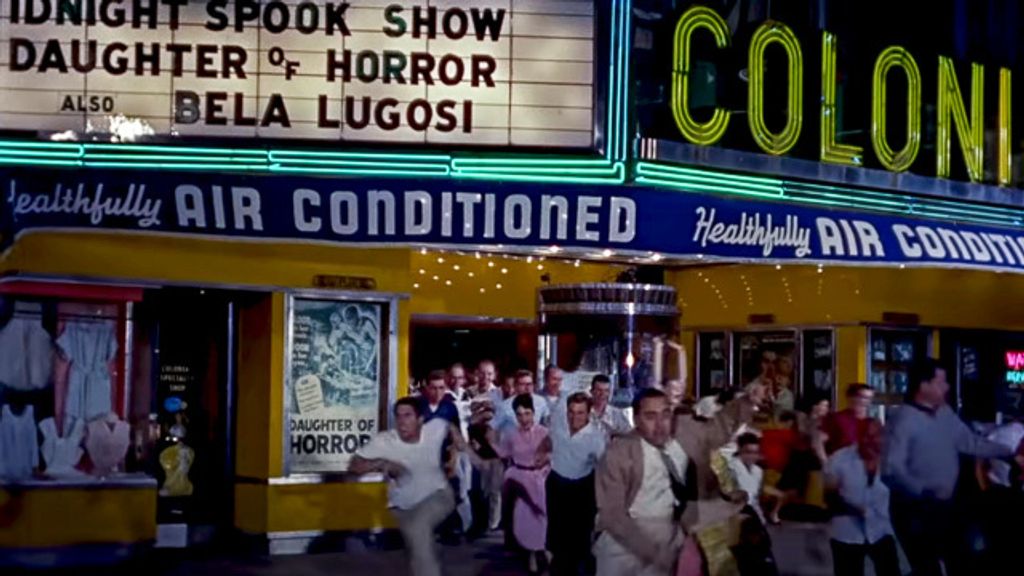
Surfing and horror were always going to meet up on the big screen—and I’m not talking about Shane Dorian’s bloodless performance from In God’s Hands—and it first happened in the beach flick genre, where the B-movie flesh was young and gorgeous and conveniently pre-exposed for easy clawing and gnawing. 1964’s Horror of Party Beach was followed by The Beach Girls and the Monster, and those links will take you to the full-length version of each film. Party Beach and Monster both appear on various “Worst Ever” lists. They are also loved and laughed at and were shown in revival houses, back when revival houses were still open. Stephen King may have called Party Beach “an abysmal little wet fart of a film,” but if we mailed that nerdy Lurch-looking scaremonger an XXL Party Beach T-shirt he’d be putting that thing on straight out of the Amazon box.
Party Beach and Beach Girls are similar in a lot of ways, starting with the monsters, both of which are big rubbery people-killing fish creatures with arms and legs. One has teeth. The other, I don’t know what’s going on with his mouth but he looks like the coked-up winner of Nathan’s Famous Hot Dog Eating Contest.
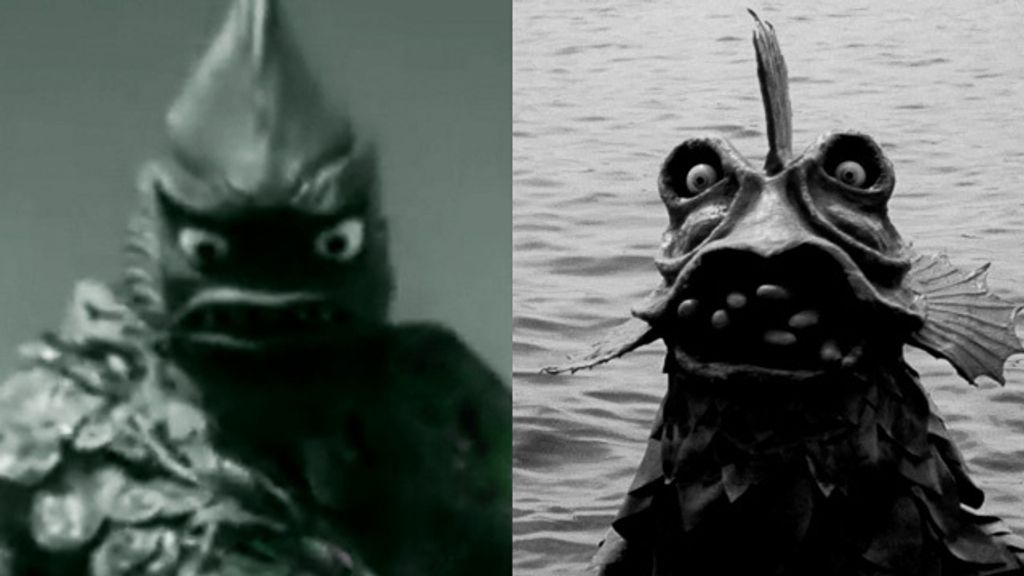
Party Beach is a jumble of midcentury B-movie scenes and characters. Bikers, bikinis, squares, tough cops, loose women, radioactivity. It was the only beach movie shot on the East Coast (Stamford, Connecticut), and there is a lively sequence where our handsome young hero drives an MG convertible at speed through Midtown Manhattan—look close and you’ll see the still-new Guggenheim Museum. Another Party Beach plus: the monster gets its own genuinely spooky first-gen electronica theme song.
There is no actual surfing in Party Beach, however, so let’s move on to Beach Girls and the Monster, which is at once more familiar (shot in LA, with some excellent if gratuitous surfing footage of Miki Dora and Mike Doyle), but also deeply confused about itself. The crime-solving part is 100% Scooby-Doo. The bikini hijinks are Beach Blanket Bingo minus the Panavision Color, which is a kick in the nuts. You can maybe kinda see these two things working together, the Frugging and the murder-solving. But hold on, here comes the gin-scented trophy wife, weaving down the hall, tumbler in hand, kicking her stilettos off before entering her stepson’s bedroom door—now we’re in Mrs. Robinson territory. Then cut to our handsome young star’s best friend, who is meant to be gay and compelling, like Sal Mineo from Rebel Without a Cause, but is instead gay and annoying, although you feel bad because it is 1965 and he is obviously gay and can’t come out. Even the soundtrack is bipolar, with throbbing surf instrumentals provided by the Hustlers rubbing up against some equally good jazz numbers, and this crazy pre-Muppet singalong thrown in for good measure.
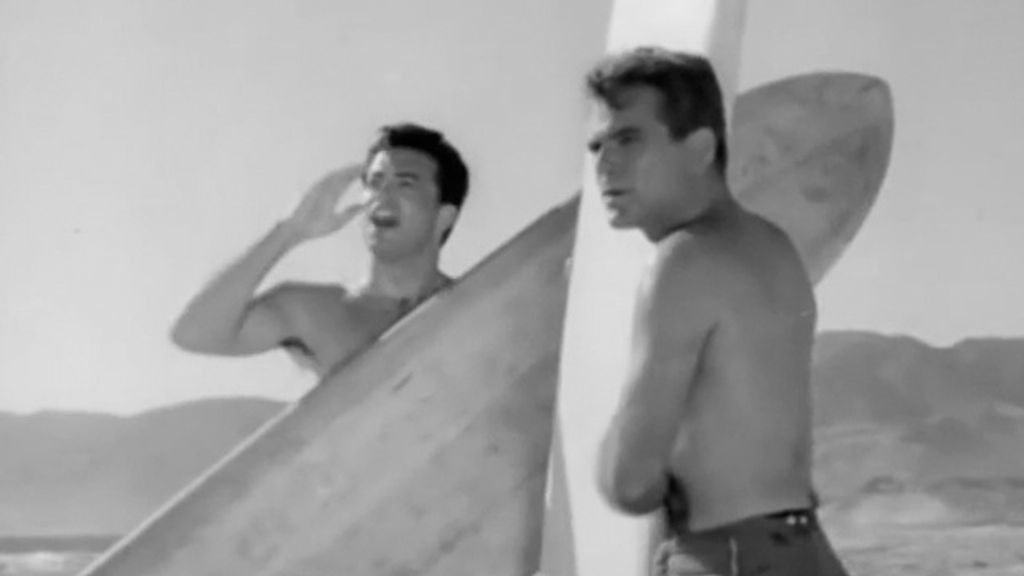
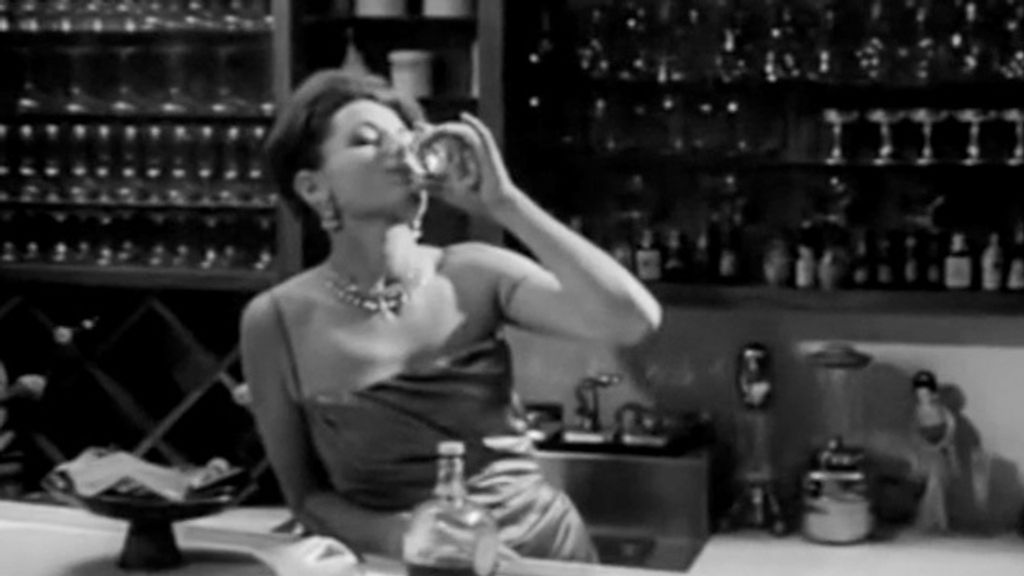
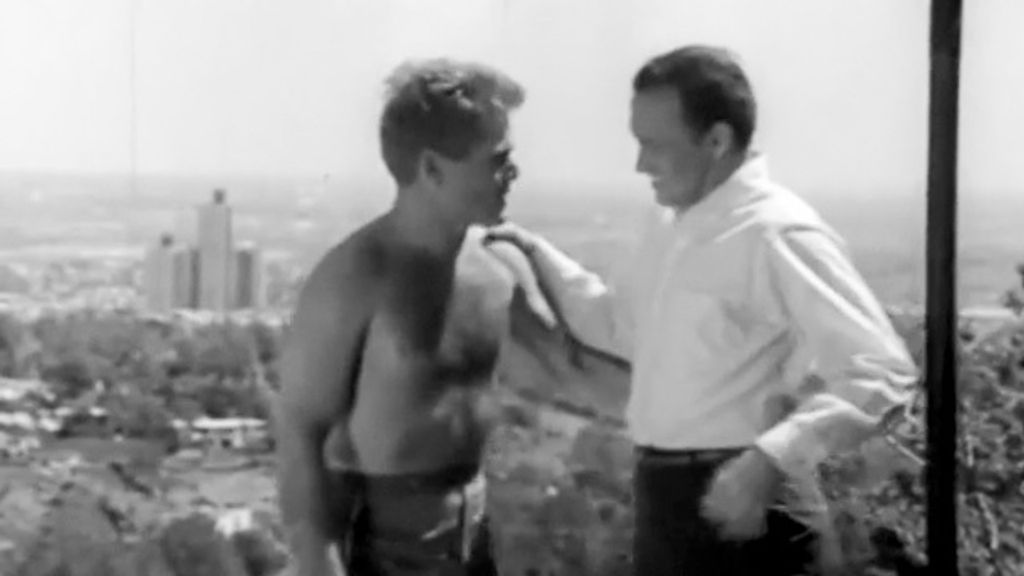
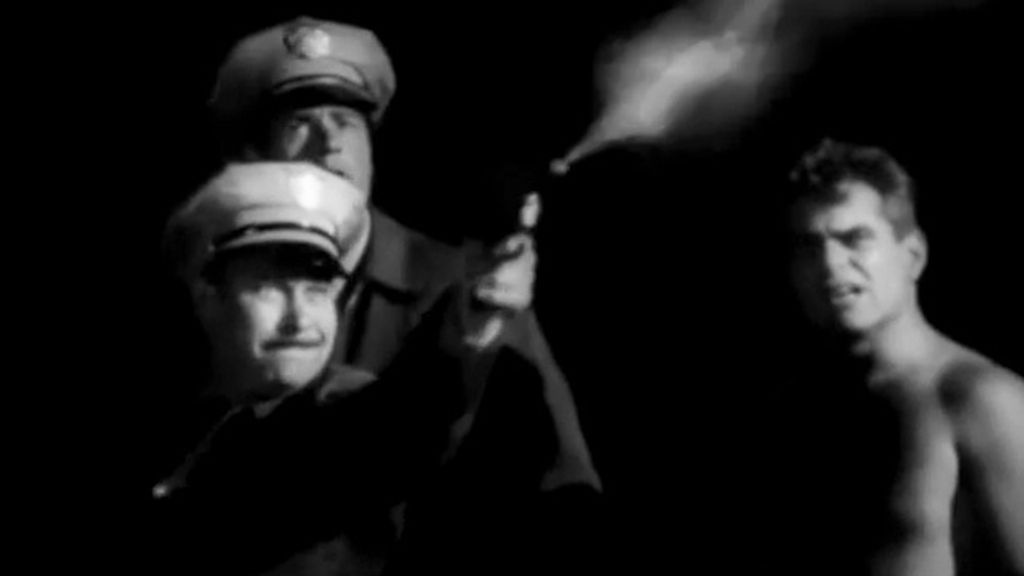
Beach Girls, in other words, is without question the most ambitious beach movie ever made—almost a beach movie in name only—but is also without question the genre’s biggest hottest mess. I’m not a fan of campy films. I tried Mystery Science Theater 3000 way back when but gave up after two or three episodes. There is too much high-quality cinema out there and only so many hours in a day, so while I can chuckle along for a few minutes, no way am I sitting still for a feature-length schlocker.
That said, I stuck with Beach Girls. Mostly out of surf-adjacent professional obligation, but also just to see what happens with this kind of mad crossbreeding, the surfing and the fish monster and the sexy stepmom, all mashed together like the mutant toys scene in Toy Story, except Toy Story is much scarier.
I won’t spoil the ending. Surfing does not lose, however.
Skip Horror of Party Beach, but give Beach Girls a try. It is very short, just over an hour.
Matt

PS: If you are a MST3K fan, here is the episode with Horror of Party Beach. I only watched the biker-surfer fight scene but is pretty darn funny.
PPS: “Dance, Baby, Dance,” the Beach Girls title track, is sung by Frank Sinatra Jr. People, this is a lost gem of low-fi garage-surf rock and would have made a great album cut for the Sonics or, I wish, the Ramones. Eighteen months before Beach Girls was released, Frank Junior, still a teenager, was kidnapped and ransomed back to the Sinatra family for $240,000—Frank Senior offered $1,000,000 but the kidnappers stuck to their original $240K demand, who knows why, it’s all very Elmore Leonard—and the surf angle is that Dean Torrence of Jan and Dean was to one degree or another involved with the bad guys. Read more here.
PPPS: “Tommy” is the person you see below and he is the only surfer in Beach Girls to get killed by the monster. Any of you silverbacks out there recognize him? I’ll say no more, except that he survived the heaviest drop ever at Waimea only to be eaten alive by Hollywood. More details in next week’s Joint.
[This Joint is a re-post from August, 2022, and the answer to the above question is . . . Dale Davis. The hardest-working man in surf movie-making in the 1960s also had Hollywood aspirations, and booked a few small roles like "Tommy." The heaviest drop: while filming Waimea from a helicopter in 1967, Dale slipped from the cockpit and broke his back upon hitting the water. He eventually recovered, physically, but never really got back on track. Search out Dale on EOS, he is a funny, talented, tragic surf-world figure.]
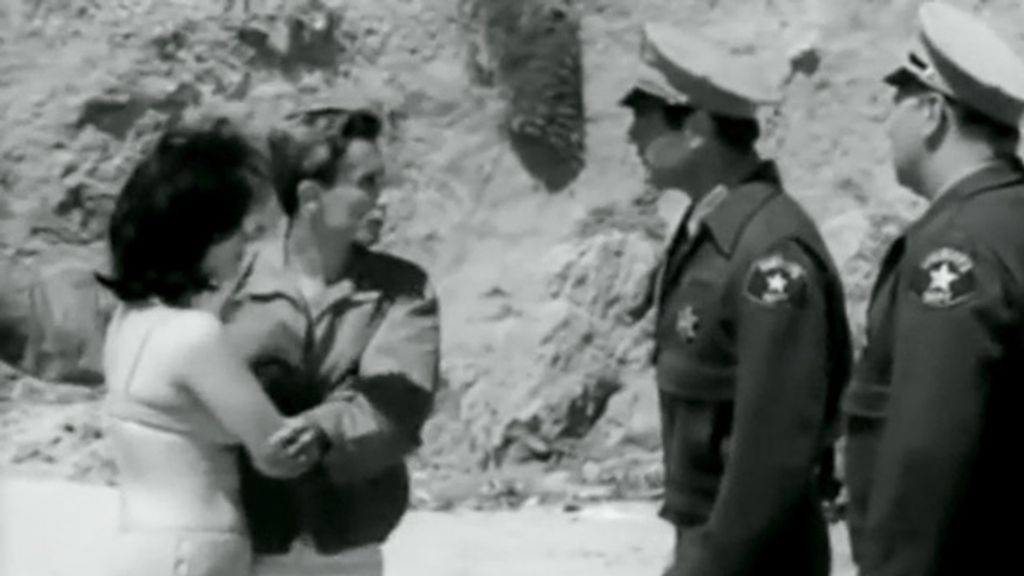
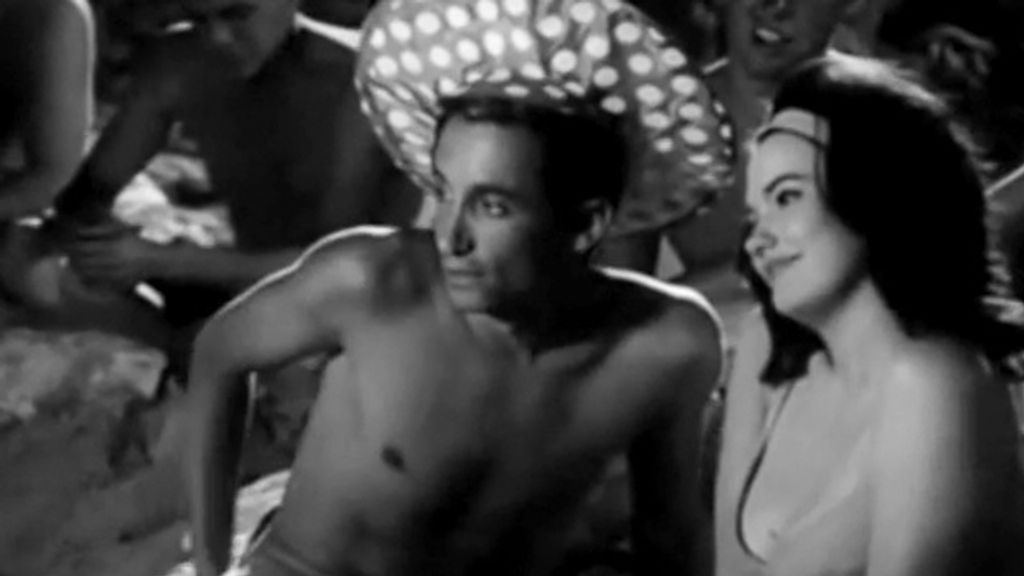
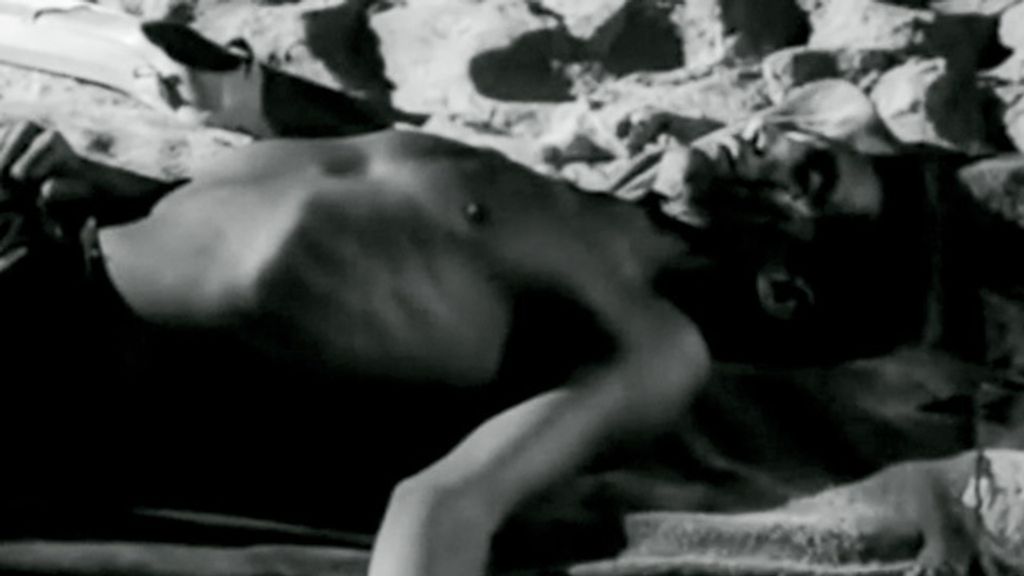
[Mike Doyle surf pic by John Severson]